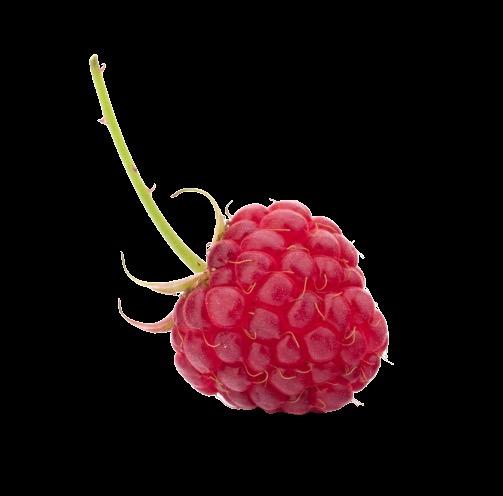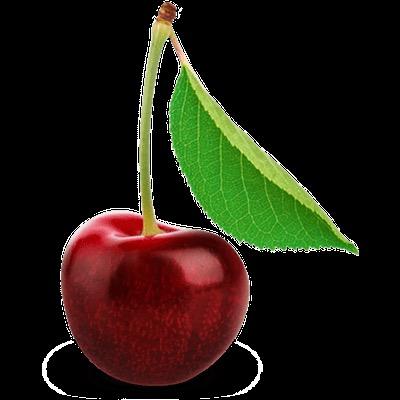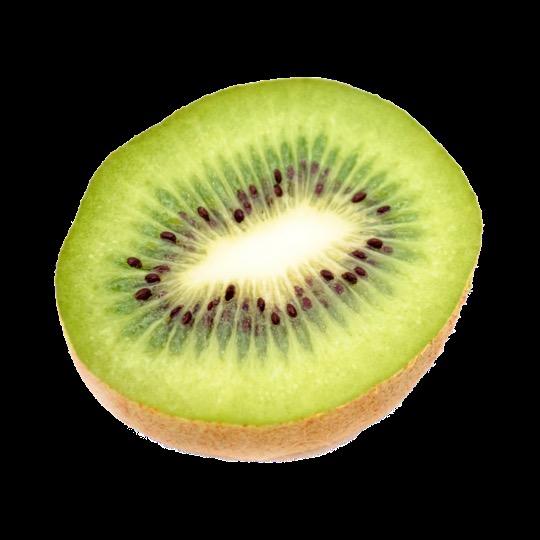








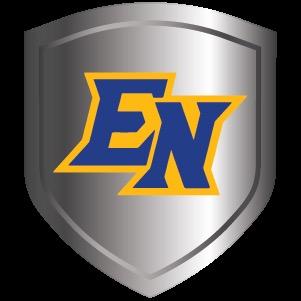



East Noble School Corporation’s Food Services Department is proud to be participating in Farm To Student


C elebratin g local food & nutrition education!
Apples| Potatoes | Oranges | Squash
Wheat | Pumpkins Sweet Corn | Milk






















East Noble School Corporation’s Food Services Department is proud to be participating in Farm To Student













Most apples are harvested & sold fresh.

Apples are one of the most widely cultivated tree fruits. The U.S. is home to approximately 322,000 acres of apple orchards. of the Most Popular Varieties of Apples:
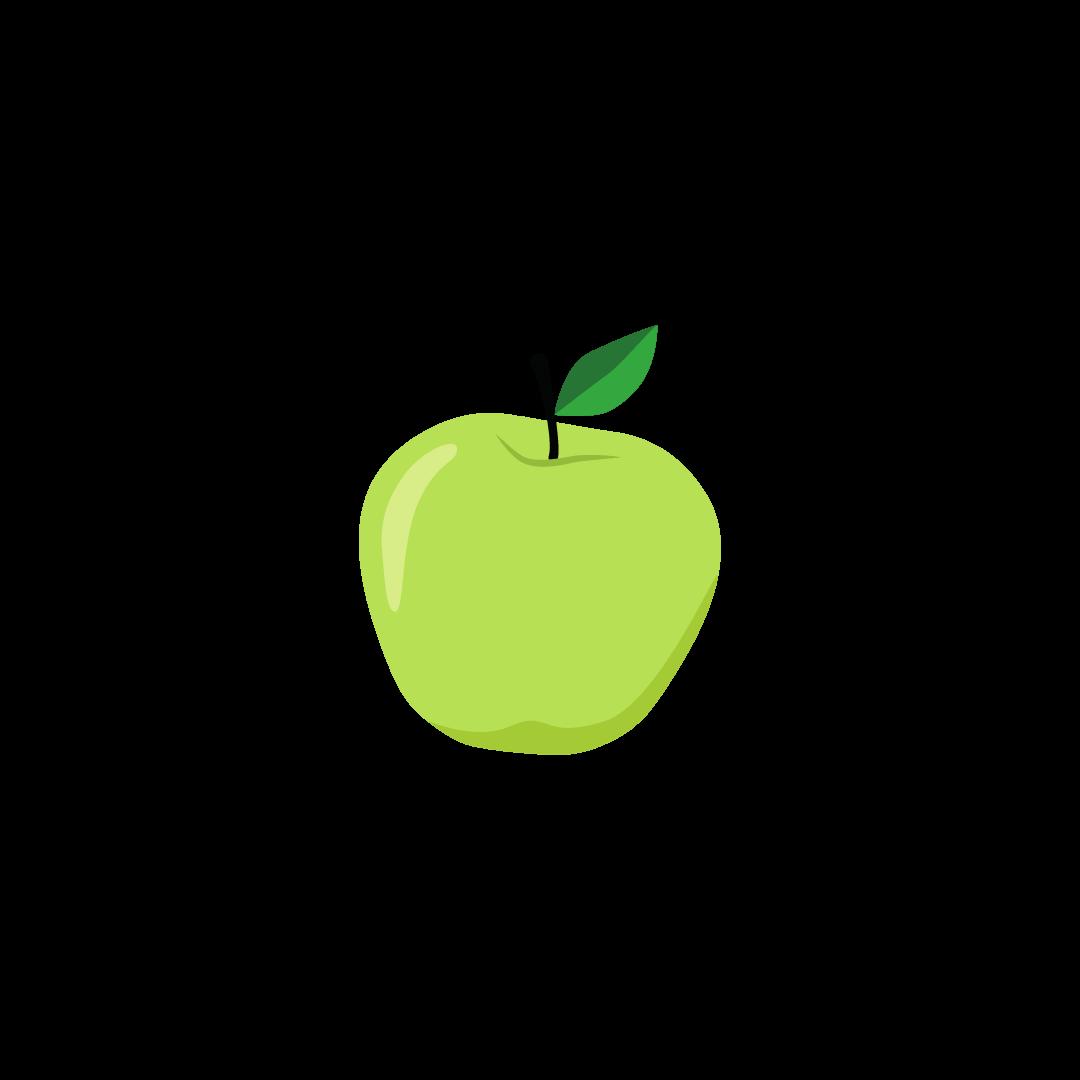

apples make 1 gallon of cider.



varieties of apples are grown in the U.S.
2,500+ 21% of apples are juiced.
An apple blossom is the flower that comes from an apple tree.

An apple tree takes at least 4 years to start producing fruit.






Fiber supports movement through the digestive system.

Fiber is a type of carbohydrate that the body doesn’t digest, it simply passes through.
Soluble fiber dissolves in water…it helps regulate blood sugar levels and removes cholesterol from

Insoluble fiber is sometimes referred to as “roughage. ”

2 types of fiber:

1. Soluble fiber
Insoluble fiber
Fiber is ONLY found in plant foods.
Dairy & meat products do not have any fiber.
Fiber helps to regulate the body’s use of sugar.
Insoluble fiber does not dissolve in water…it helps food move throughout the digestive system.
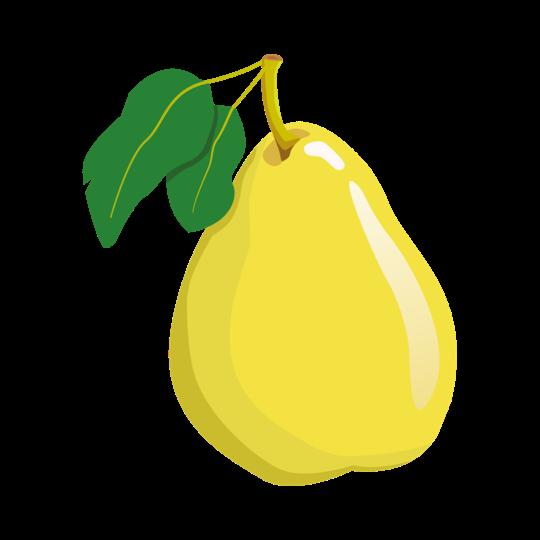

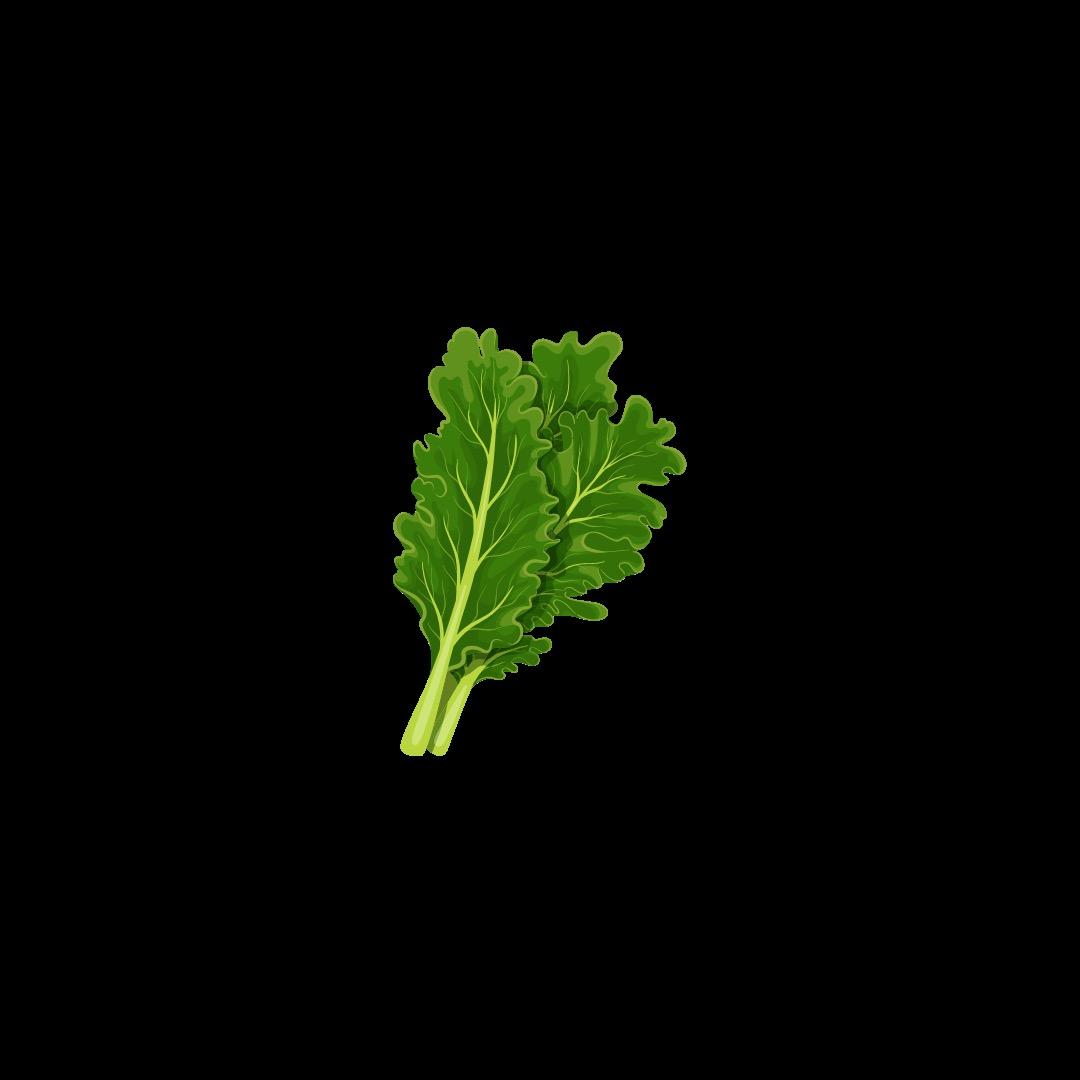
BOTH forms of fiber are important & beneficial to overall health.
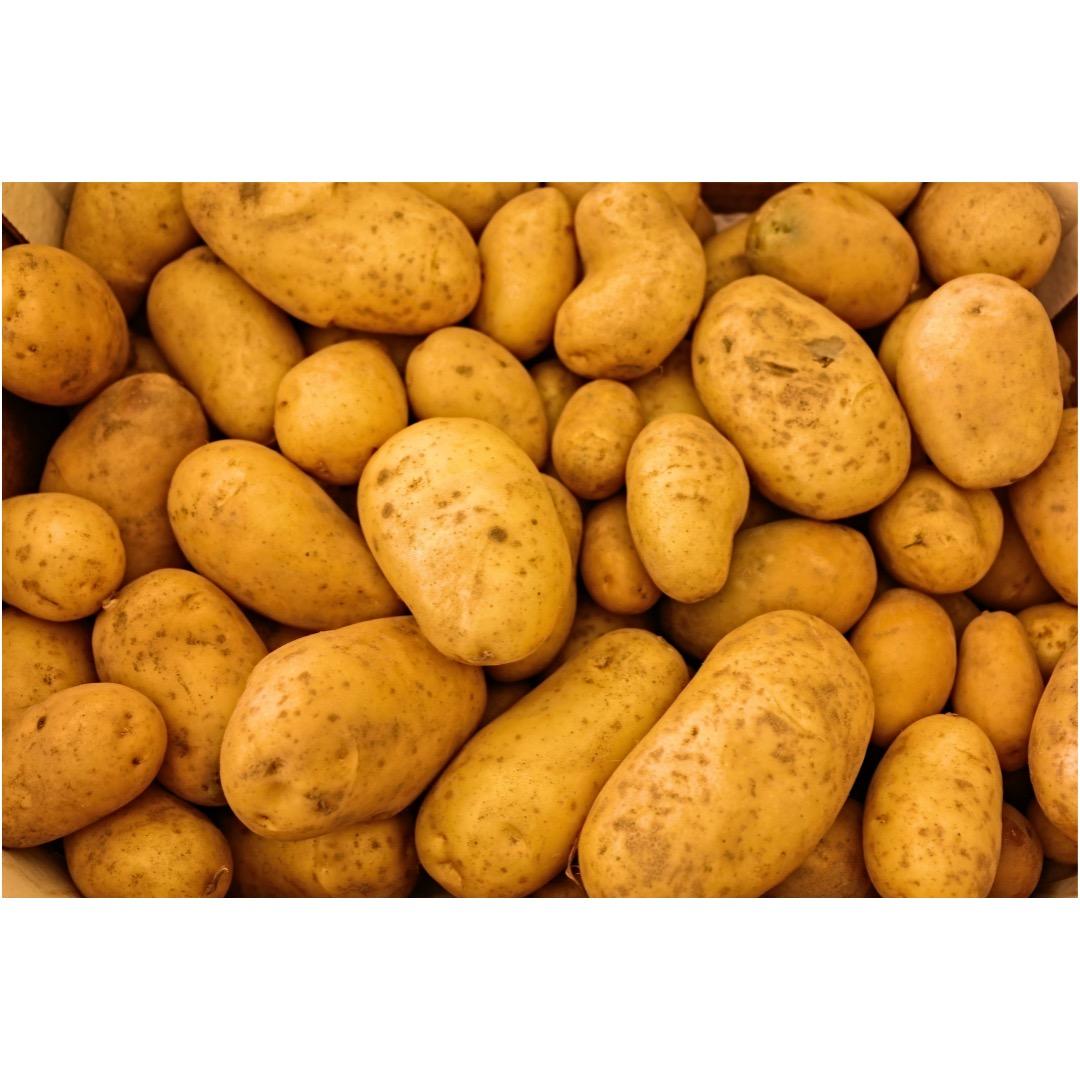


Potatoes are a starchy vegetable - specifically, a tuber.

U.S. farmers produce around 4.5 million pounds of potatoes every hour.
35% of potatoes are turned into French fries.

Tubers are vegetables that grow underground at the base of the root.
In 1995, potatoes became the first vegetable grown in

Potatoes are also referred to as “spuds.”
National Potato Day

Potatoes are grown in all 50 states. Potatoes are an annual plant.
Potatoes are the 2nd most consumed food in the U.S. after dairy products.


Potatoes are a part of the nightshade family.



B Vitamins help support the body’s energy levels, brain function & cell metabolism
essential B vitamins:
Vitamin B1, Vitamin B2, Vitamin B3, Vitamin B5, Vitamin B6, Vitamin B7, Vitamin B9 & Vitamin B12.

Water is needed to help the body absorb B vitamins.


B5, B12, C and E knock on your door…what do you do?
In-Vitamin!

B vitamins helps the body make energy from food.

The body cannot store most B vitamins, so they need to be regularly consumed.
B vitamins plays a role in serotonin production.
Serotonin makes us feel happy




Oranges are a type of them grown in the U.S. from
Popular Types of Oranges:
1. Navel
2. Hamlin
3. Valencia
600+ varieties of oranges.
Orange season is 9 months long… October - June!




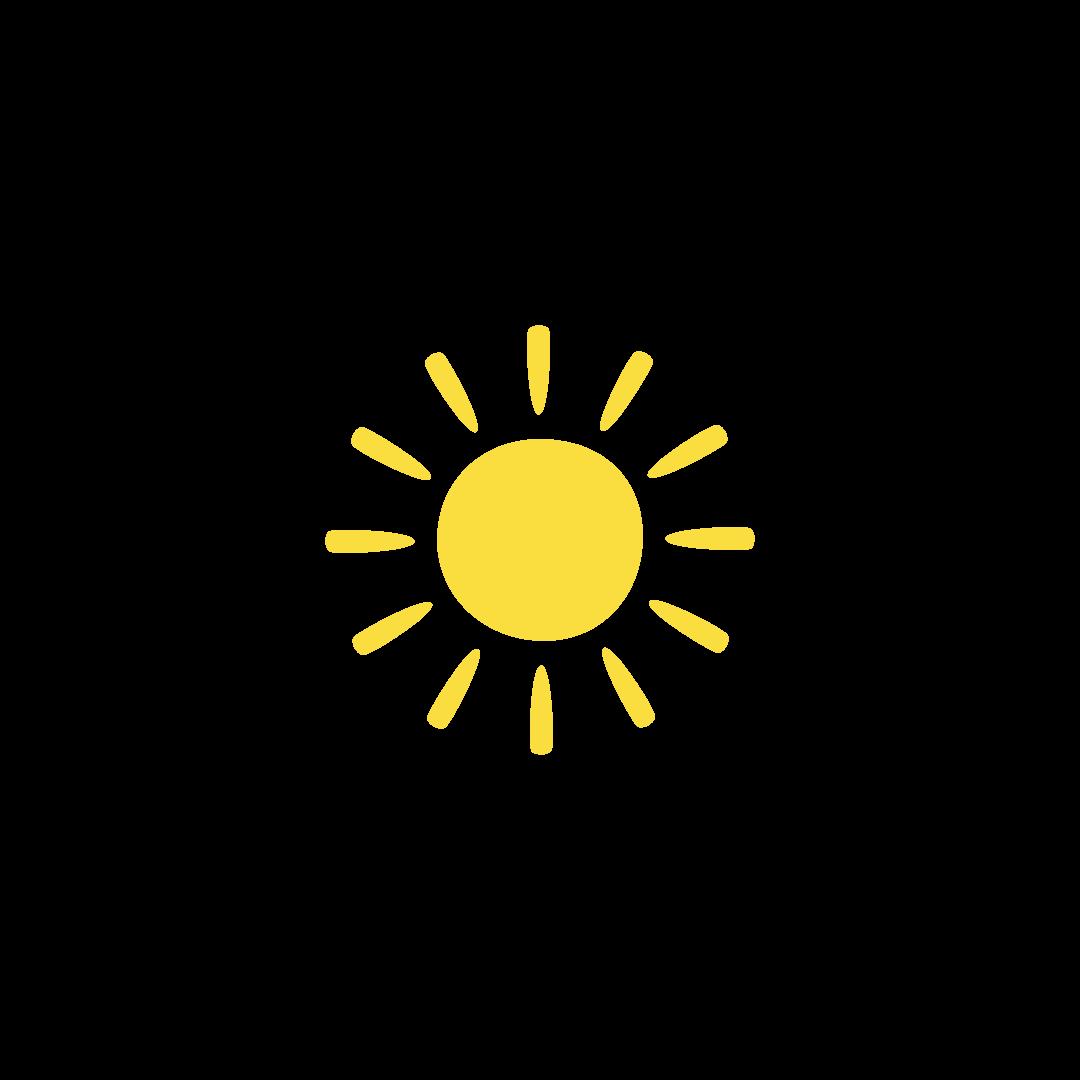
oranges are juiced.


Sub-tropical areas have ideal climate for growing oranges.
Most oranges are harvested by hand.






Vitamin C supports the immune systemthe body’s defense against infections.

Vitamin C is also referred to as “ascorbic acid.”

Vitamin C is an antioxidant. Antioxidants help protect against damage caused by exposure to harmful substances in the environment.


The body cannot make vitamin C on its own - it has to come from food.
Vitamin C helps keep you happy & healthy! What do you call a vitamin that improves your eyesight?


Vitamin C is a very important vitamin for healthy gums & teeth.



Squash are a type of fruit because they grown on vines & have seeds.
Examples of winter squash are acorn &





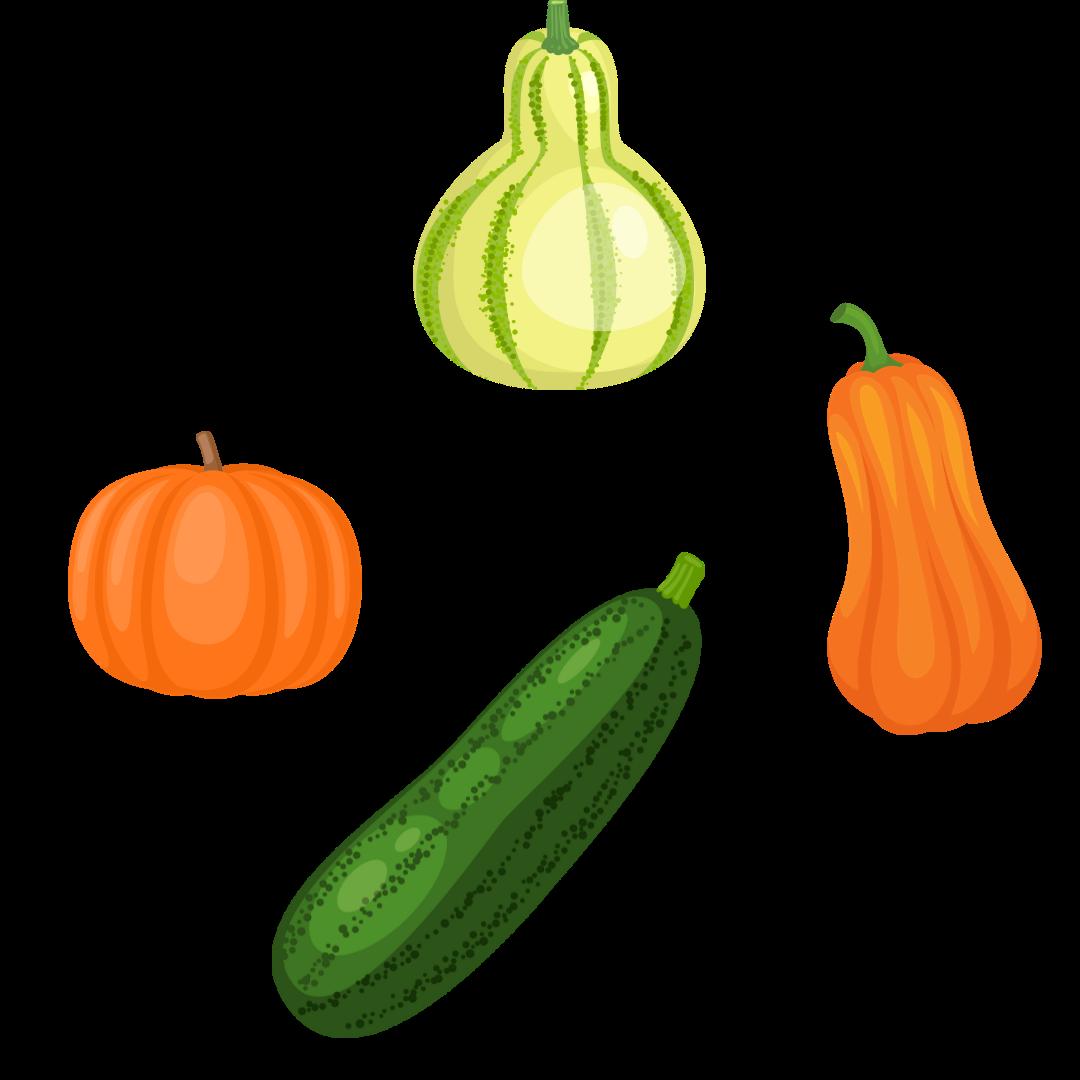



Examples of summer
All squash are related to melons! Winter squash has much skin than summer squash.
1 acre of land could grow around 11,000 squash!
Winter squash takes to mature after being planted.




Potassium supports balancing fluid in the body & proper function of the muscles and nerves

Once potassium enters the body, it functions as an electrolyte.
Helps to keep the body hydrated!
Electrolytes help balance the amount of water in the body.

The body is made up of approximately 60% water.
Potassium is the THIRD most abundant mineral in the body.


Potassium helps regulate muscle contractions.


98% of the body’s potassium is found in its cells.
Many runners eat foods high in potassium before a run to prevent muscle cramps




Wheat is a type of grain that is the main ingredient in many types of foods – breads, pasta & cereals
1. Hard Red Winter 2. Hard Red Spring
3. Soft Red Winter
4. Soft White 5. Durum

The average wheat crop grows to be between 2 & 4 feet tall.


bushels of wheat.
1 bushel of wheat can make 90 loaves of bread.






Carbohydrates are the body’s main source of energy.
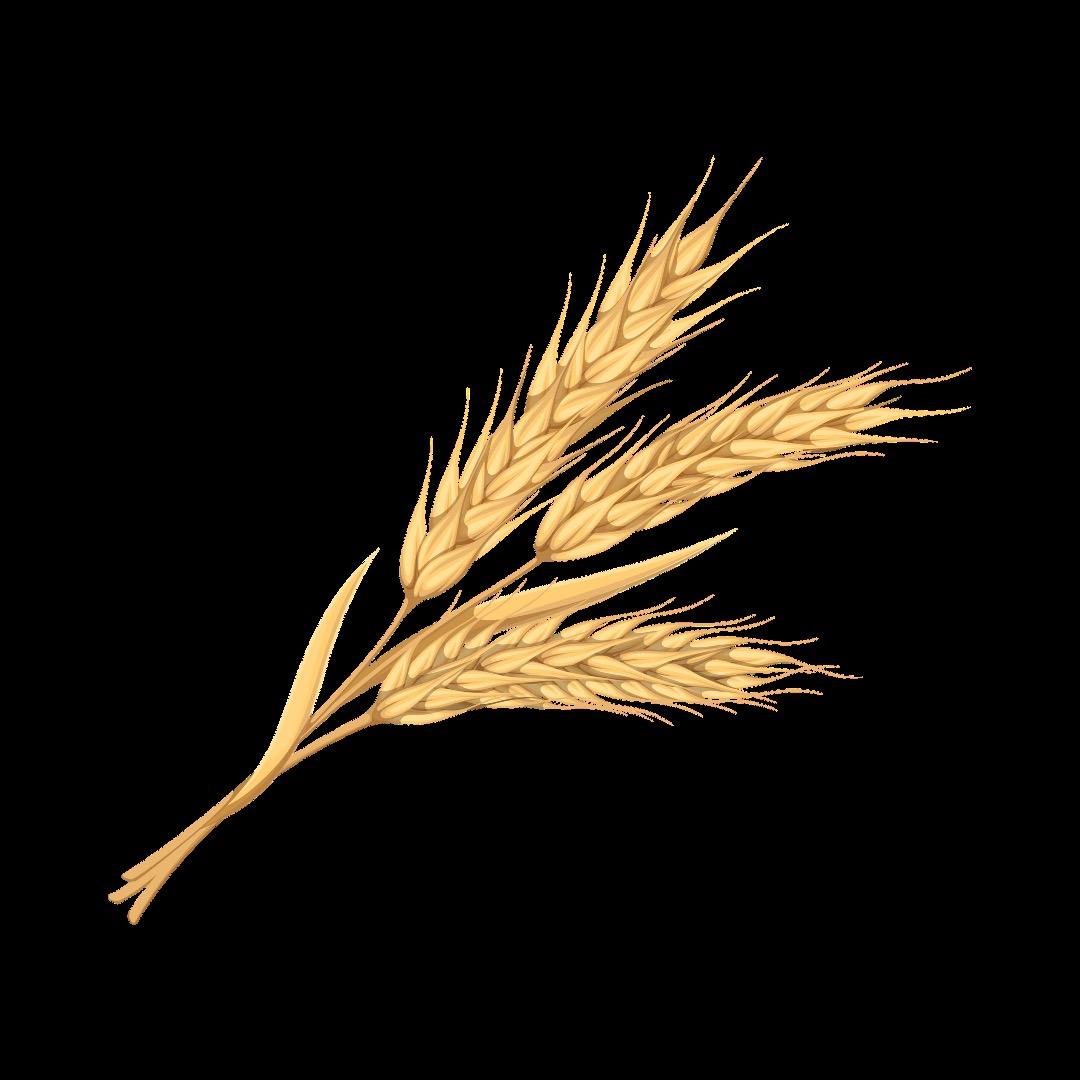
The body cannot make carbohydrates on its own - it has to come from food, like rice!


Carbohydrates support the nervous system - the system that helps all parts of the body communicate with each other.
Carbohydrates are also commonly referred to as “
Carbohydrates improve brain health by supporting good moods, memory power and concentration.


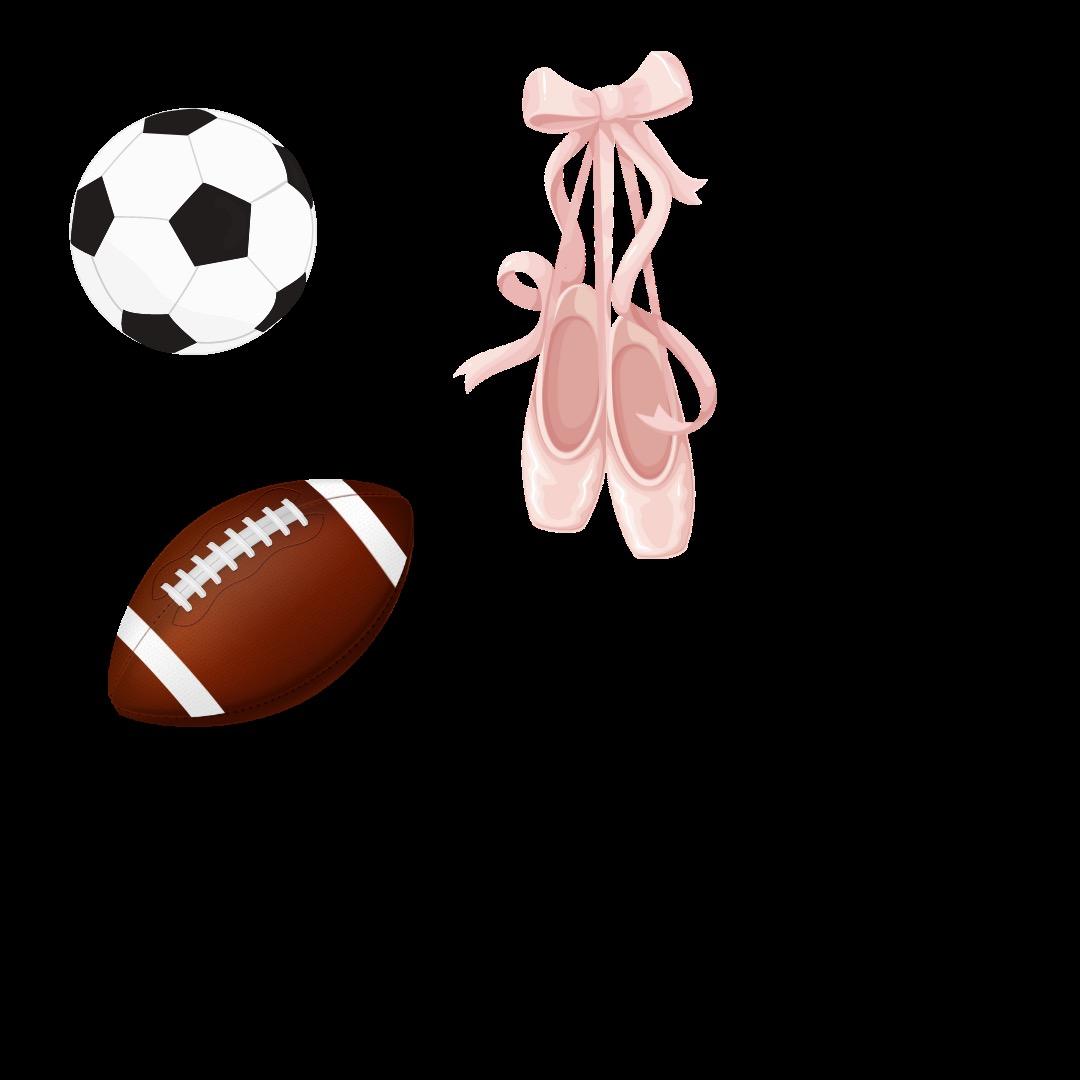





Pumpkins are a type of winter squash

The U.S. produces over 1.5 BILLION pounds of pumpkins each year.
Pumpkins are a type of fruit because they grow on vines & have seeds. Pumpkins are related to melons.
45+ varieties of pumpkins. Pumpkins are 90% water.
Pumpkins range in color from red, yellow, green & orange!



“Large melon”




Iron carries oxygen in the blood, supports the immune system & proper brain function

2 forms of iron: Heme & Non-heme.
Heme comes from animal meat and is easily absorbed into the body after eaten. comes from plant foodslike pumpkins!
Iron is found in EVERY cell of the body.


Non-heme sources of iron are absorbed into the body when eaten with a source of vitamin C, like an orange.
Iron helps muscles function by carrying oxygen to their cells.


Supports a healthy immune system.
Human blood is RED because of iron and oxygen reacting with each other.
The body uses iron to make hemoglobin.

Hemoglobin helps carry and transport oxygen in the blood to other parts of the body…like a backpack! is composed of iron.



Corn is considered a grain, fruit & vegetable
The U.S. is the LARGEST producer, consumer & exporter of corn in the world.
Humans only eat sweet corn



An ear of corn ALWAYS of land can produce of sweet corn.

Corn is grown on EVERY continent except Antarctica.
There are around 800 kernels on each ear of corn. field crop.

In many other countries, corn is called “maize
1 corn stalk produces 1 - 3 ears of corn
Corn stalks can grow between 7 – 10 feet tall.




Phosphorus supports bone tissue and cell growth, maintenance

Phosphorus is the abundant




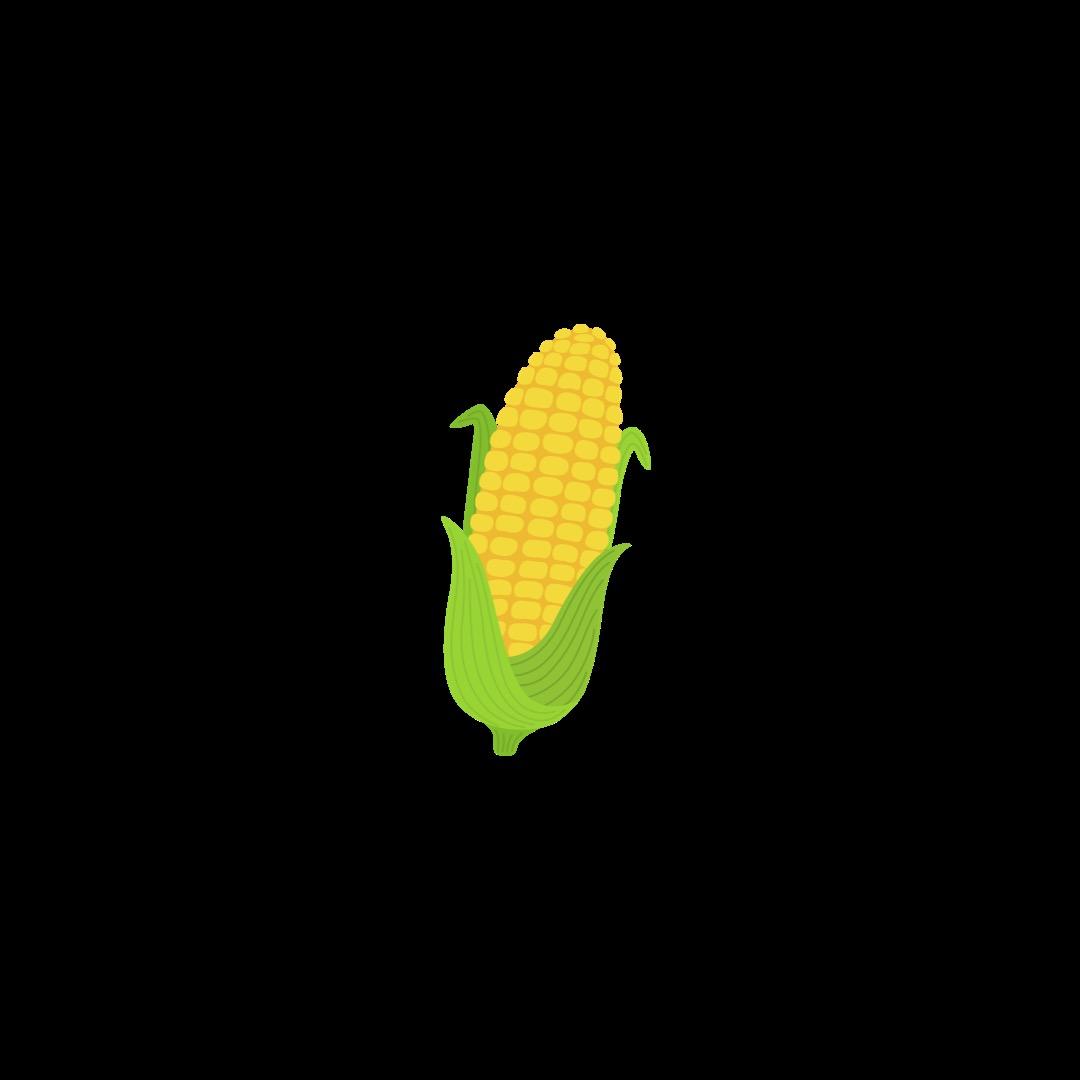
Phosphorus is found in many different foods –dairy, whole grains, meat, legumes & nuts.

Phosphorus is an essential nutrient.
Phosphorus helps reduce muscle pain after a workout.
Phosphorus works closely with CALCIUM to build strong bones.


Phosphorus helps manage the body’s energy and storage

85% of the body's phosphorus is found bones & teeth.




Indiana is home to 777 dairy farms & 174,000 dairy cows.
Indiana produces around 4.5 BILLION pounds of milk per year.
Nearly 98% of U.S. dairy farms are family owned & operated. ALL 50
Breeds of Dairy Cows:

1. Ayrshire 2. Brown Swiss 3. Guernsey 4. Holstein 5. Jersey 6. Milking Shorthorn
Holstein cows all have a unique pattern of spots!
1 cow produces around 6 gallons of milk per day.

Cows can SEE almost 360 degrees and SMELL up to 6 miles away!

The U.S. produces ~21 BILLION gallons of milk each year.
Milk is the source of ALL dairy products!

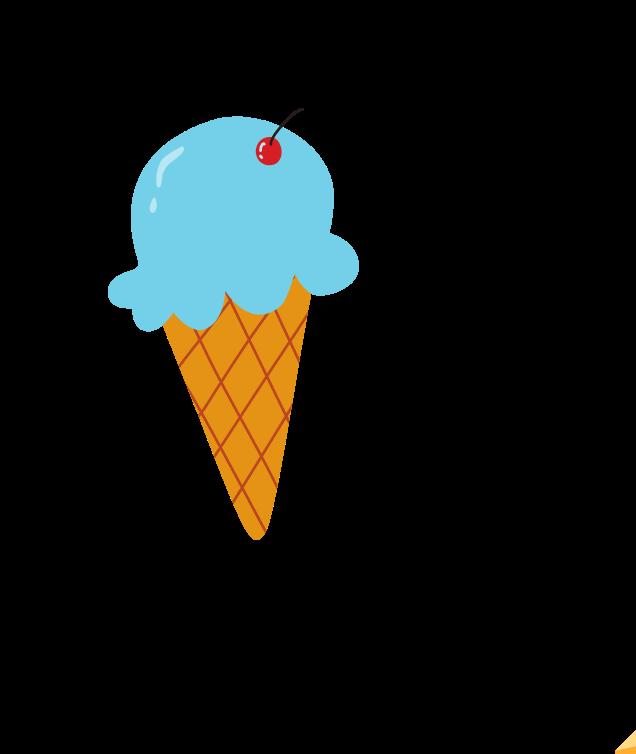






Protein builds, maintains and replaces the tissues in the body.
Protein helps to transport & store nutrients throughout the body.
18 - 20% of the body is protein.
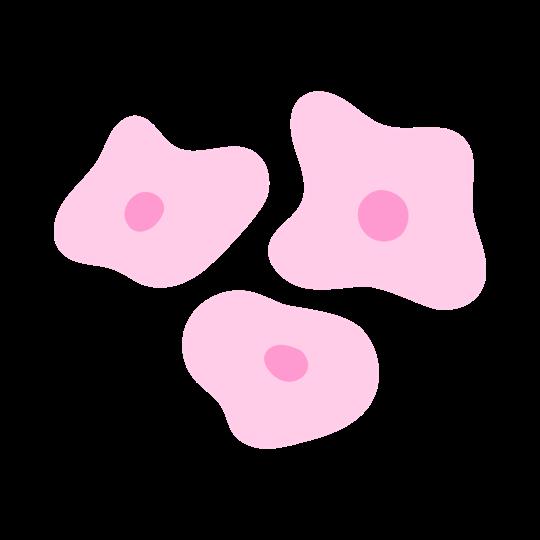
EVERY cell in the human body contains protein.

The body cannot store protein long term… which is why protein needs to be consumed daily.

Protein plays a big role in building and repairing muscles.


Protein is a MACRONUTRIENT . A macronutrient is a nutrient that the body needs in LARGE
Protein helps maintain fluid balance throughout the body.




